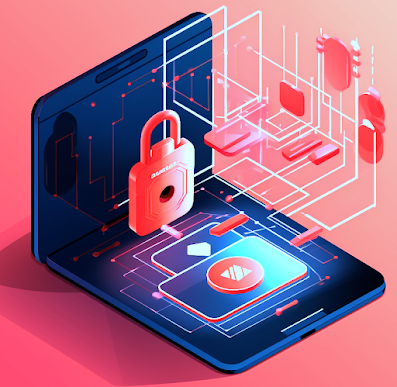Target audience: Beginner
Estimated reading time: 3'
Principle
Each team member to contribute to the extend of his/her capability during the work week.
The two key elements of an effective time management are:
- Flexibility: Team members should be able to work multiple tasks, change roles and get around bottlenecks.
- Availability: Team members should support other team members, constantly evaluate the efficient usage of their time and be accessible outside business hours if necessary.
Effective meetings
There are some basic no "non-sense" rules to make sure that meetings are conducted efficiently.
- Each meeting should have a clear theme and agenda, emailed to all attendees 48 hours prior the schedule day
- Meeting should be restricted to one hour and start with a recap of pending action items for previous sessions and listing the issues on the agenda.
- The team should spend no more than 10' on each issue. In case a consensus is not reached, someone should be assigned to task to research, investigate and propose a solution for the next meeting.
- It is highly recommended to deal with critical or controversial issues at the beginning of the meeting.
- Minutes of the meeting, including action items, deliverable and milestones should be posted within 24 hours.
Urgent vs. important tasks
The most productive tasks are (in decreasing orders)
1. Important & Non urgent
2. Important &Urgent
3. Non important & Urgent
4. Non important & Non urgent
The following table lists some activities as classified by their importance and urgency.
The role of project manager is to
- Protect engineers from urgency & interruptions
- Define/communicate the important tasks for the week
1. Important & Non urgent
2. Important &Urgent
3. Non important & Urgent
4. Non important & Non urgent
The following table lists some activities as classified by their importance and urgency.
| . | Urgent | Not Urgent |
|---|---|---|
| Important | Escalations Hiring Resolving bottlenecks Assigning Defects Solving Escalations |
Project Planning Training Technical investigation Design Documentation |
| Unimportant | Time-sensitive interruptions Responding emails Texting Phone Calls Unscheduled meetings |
Browsing web Social visits |
The role of project manager is to
- Protect engineers from urgency & interruptions
- Define/communicate the important tasks for the week
Time wasters
Unscheduled interruptions are far more distracting than people. Beyond the actual time spent to address the interruption, it takes on average 15 minutes to get back to the activity in progress.
The following table lists some examples of interruptions or time wasters and possible solutions.
| Wasters | Solutions |
|---|---|
| Lack of clear priorities | Better project management |
| Unproductive meetings | Meetings with goal,agenda,minutes |
| Productivity bottlenecks | Flexible organization in terms of skills,schedule |
| Unnecessary interruptions | Manager to control interruptions |
| Process inefficiencies | Process automation and productivity tools |
| Lack of accountability | Quantitative metrics (K.P.I.) functionality,quality,schedule |
References
- www.effective-time-management-strategies.com
- The 7 Habits of Highly Effective People - S. Covey - Rosetta Books 1989








